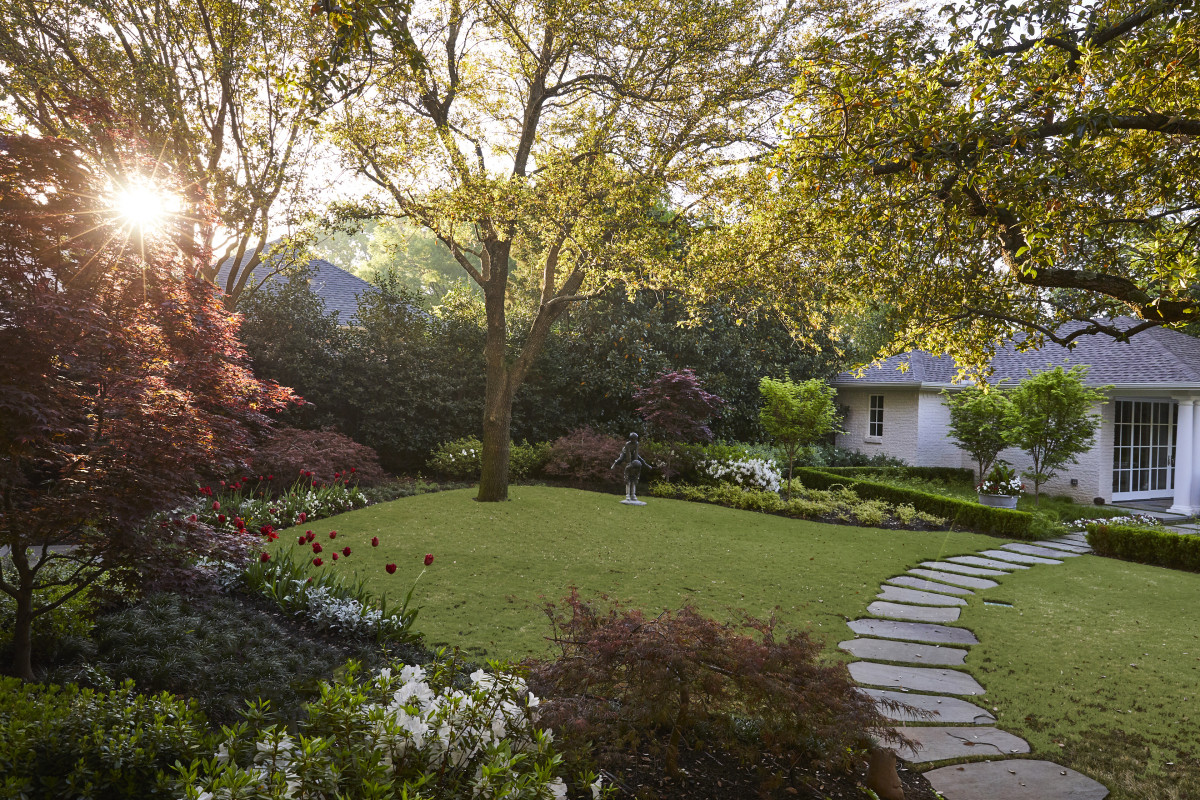
4 Places to Find Winter Color in North Texas
The Search for Seasonal Winter Color in Our Dallas Landscapes
This year, our Dallas landscape saw a slight lull in fall foliage due to our north Texas drought. However, thanks to our torrential downpours of autumn, we were overjoyed to experience the delayed, vivid nuances of November’s red, orange, and yellow hues. Now, from Highland Park to Preston Hollow, and Lakewood to Kessler Park, the holidays enliven our landscapes with festive lights, sound, and color for all ages. But, once the twinkling luminescence dims, the trees are released to the curb, and the tinsel has lost its shimmer, where do we look to boost our mood from the winter blues? Never fear, our resident experts will guide you on where to find vibrant winter color in nature this December and beyond.
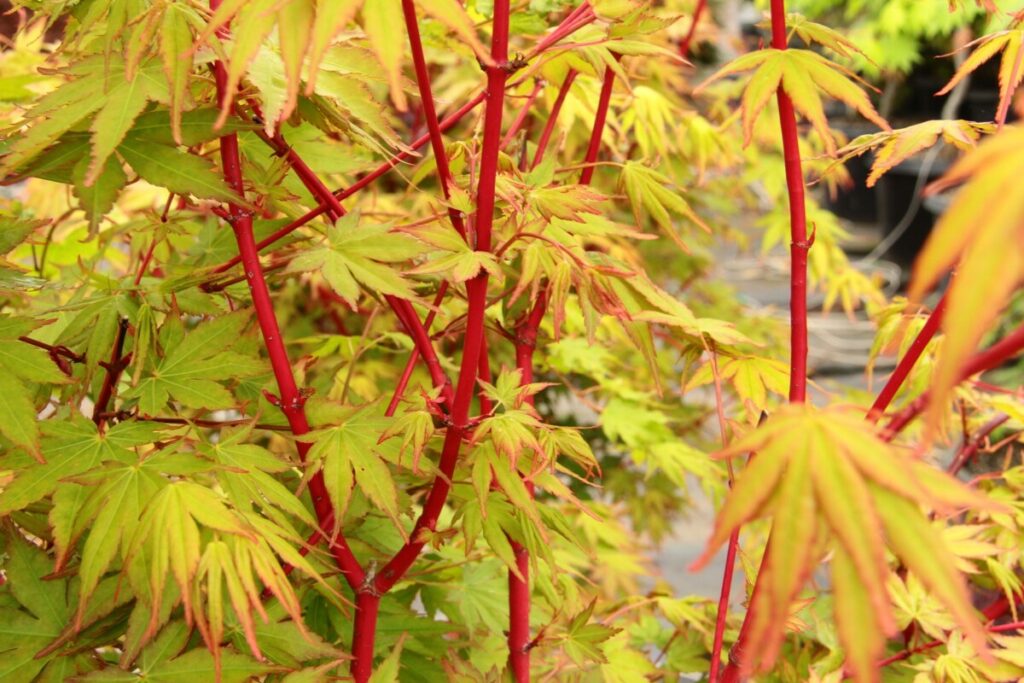
As coral bark maples shed their leaves, their bark turns a radiant reddish pink, which intensifies as the temperatures drop.
Bark
The most obvious place to spot winter color is to simply look up. Towering trees not only tantalize us with their textures, but many boast beautiful bark in shades of cinnamon, rust, sunset, scarlet, and silver. Our Dallas landscapes are adorned with numerous species of saplings that provide a feast of winter color for the senses. Resplendent river birch, marvelous maples, and clusters of crape myrtles enchant us with a seasonal show each winter.
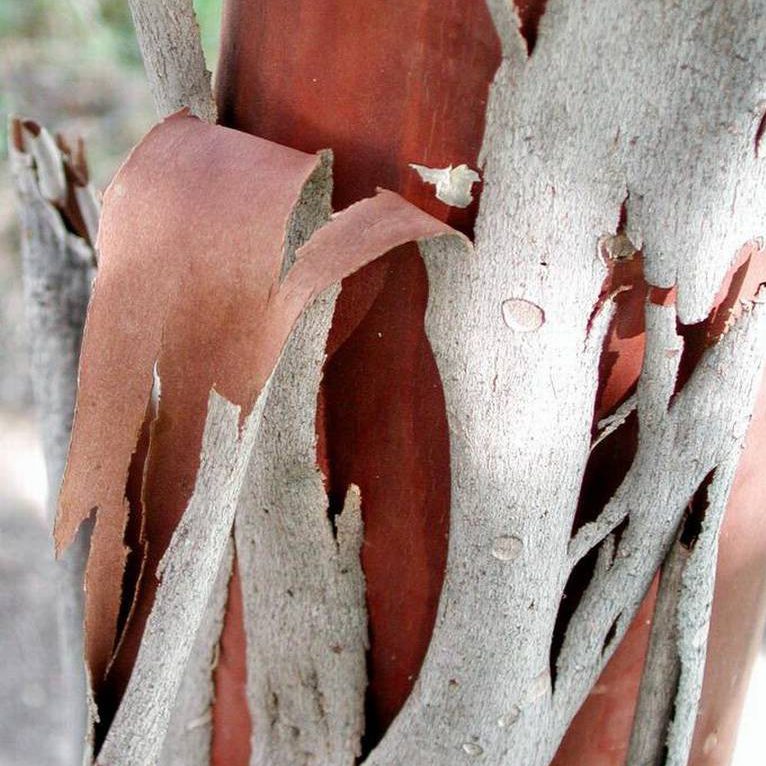
This hybrid Natchez crape myrtle sheds its silver bark in winter to reveal a rich cinnamon color.
Berries
Not only do berry-producing shrubs and trees enliven our landscapes with lovely winter color, but they’re also bountiful sources of naturally-occurring food (seeds) for our fearless feathered friends during the cooler months.
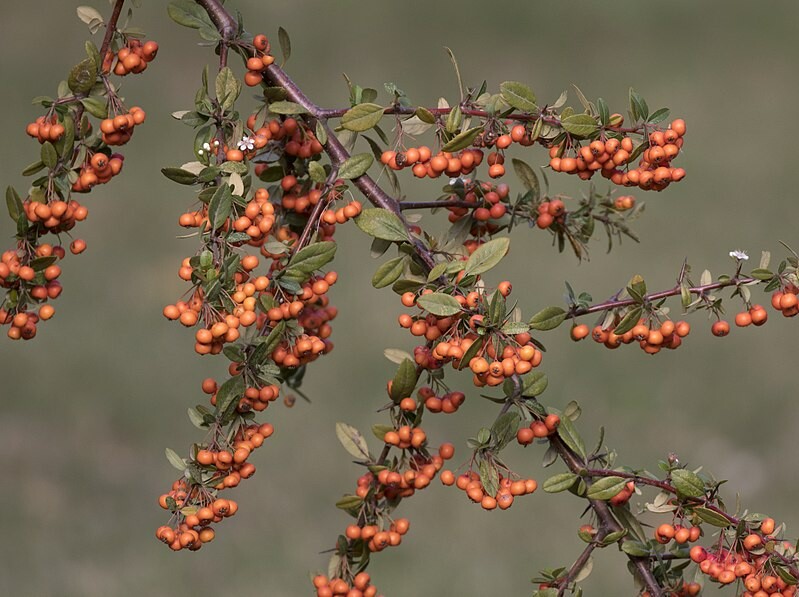
Scarlet Firethorn (Pyracantha Coccinea) This perennial evergreen shrub from the rose family wows onlookers with seasonal winter color in a scarlet display of edible fruit. These mounds amass up to ten feet, with long stems, sharp thorns, and glossy, green leaves.
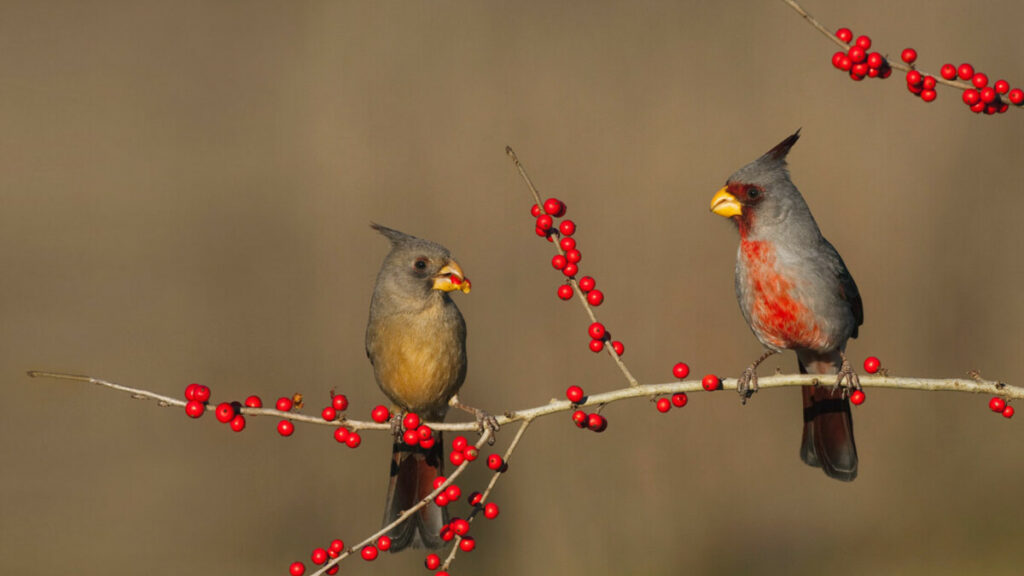
Possumhaw Holly (Ilex decidua) is the native holly of Texas. This deciduous shrub sheds its leave during winter, leaving behind ornate orange or red berries that brighten the bare landscape with brilliant winter color.
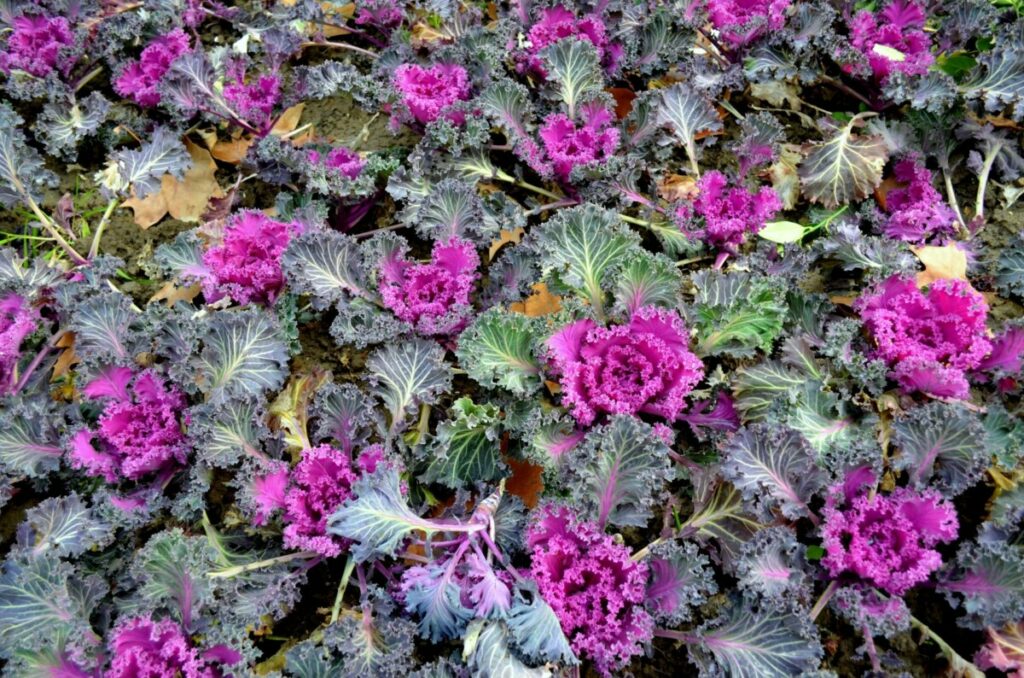
Ornamentals
Ornamental kale is part of the species Brassica oleracea, which includes broccoli, Brussels sprouts, cabbage, and other cole crops. These rugged, ruffled greens were originally developed by plant breeders from edible kale varieties by selecting plants with unique foliage colors. While they are indeed edible, these wavy wonders have been bred for appearance rather than taste. Ornamental kale thrives in cold weather and vibrant winter color is brought on by temperatures below 60°F. While a sudden cold snap can be deadly, light and moderate frosts will intensify the brilliant “blooms” of these plants.
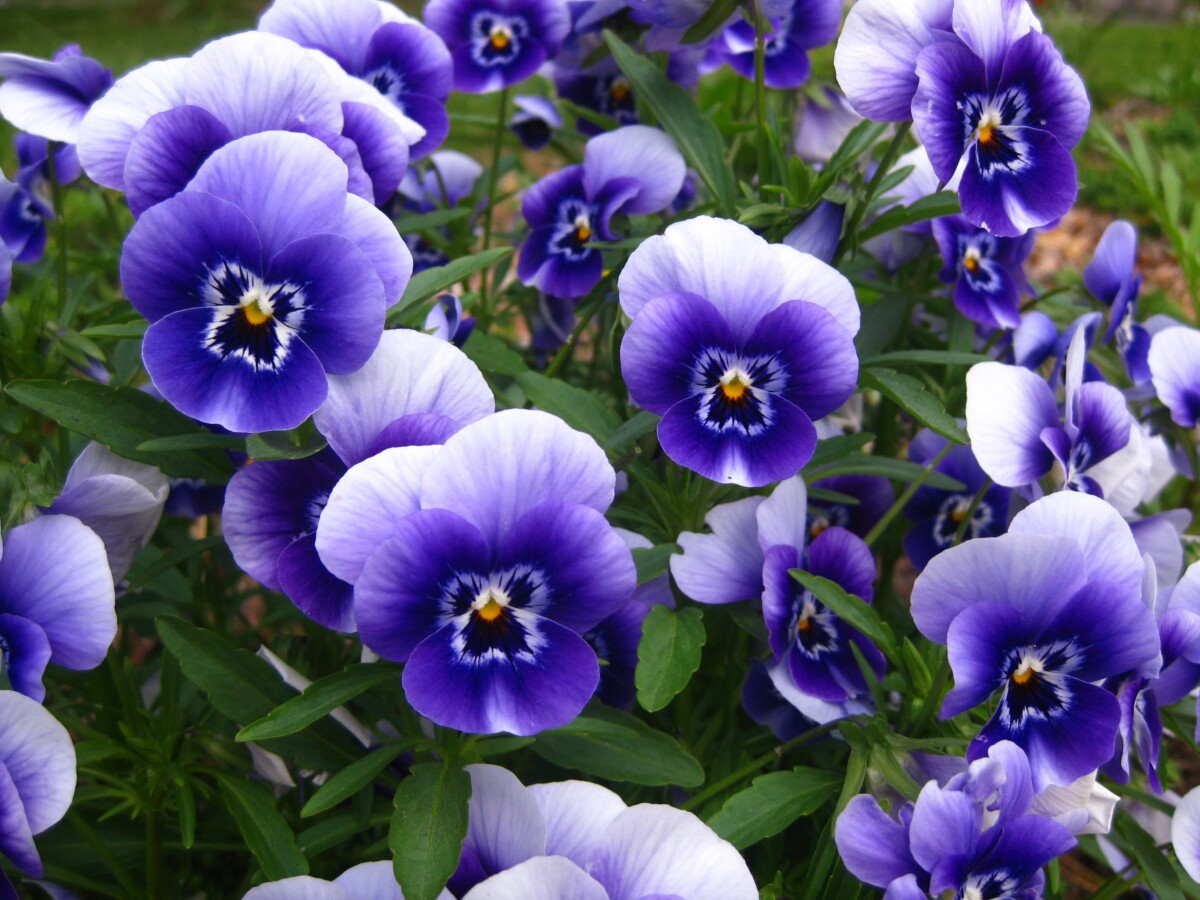
Container Plants
Finally, if the naturally occurring colors in your surroundings aren’t sublime enough for you, consider potting some of winter’s wonderous, cold-loving flowers in containers.
Perennial, cold-hardy Pansies can survive most of our unpredictable North Texas weather. These fall and winter garden favorites look best when planted in groups and go great in containers. Vary them in shades of violet to add dreamy drama to your Dallas landscape.
Obviously, these are just a select few of the picturesque plants, shrubs, and trees that produce winter color in north Texas. Allow your dedicated Garden Manager to source and plant the most fitting flora for your estate’s location, conditions, and space. Contact us to assess your seasonal installation options.
Resources
Native Plant Society of Texas